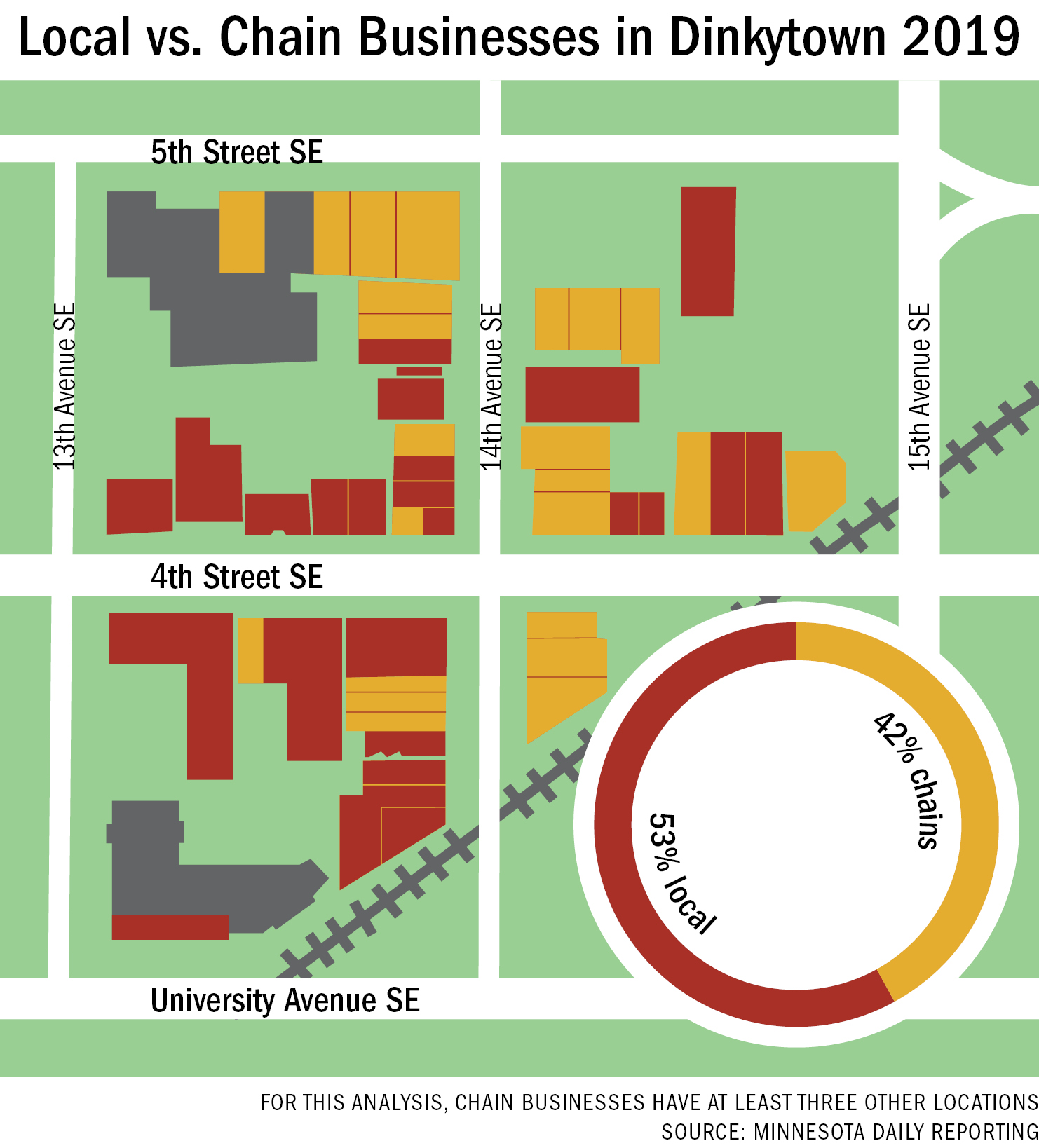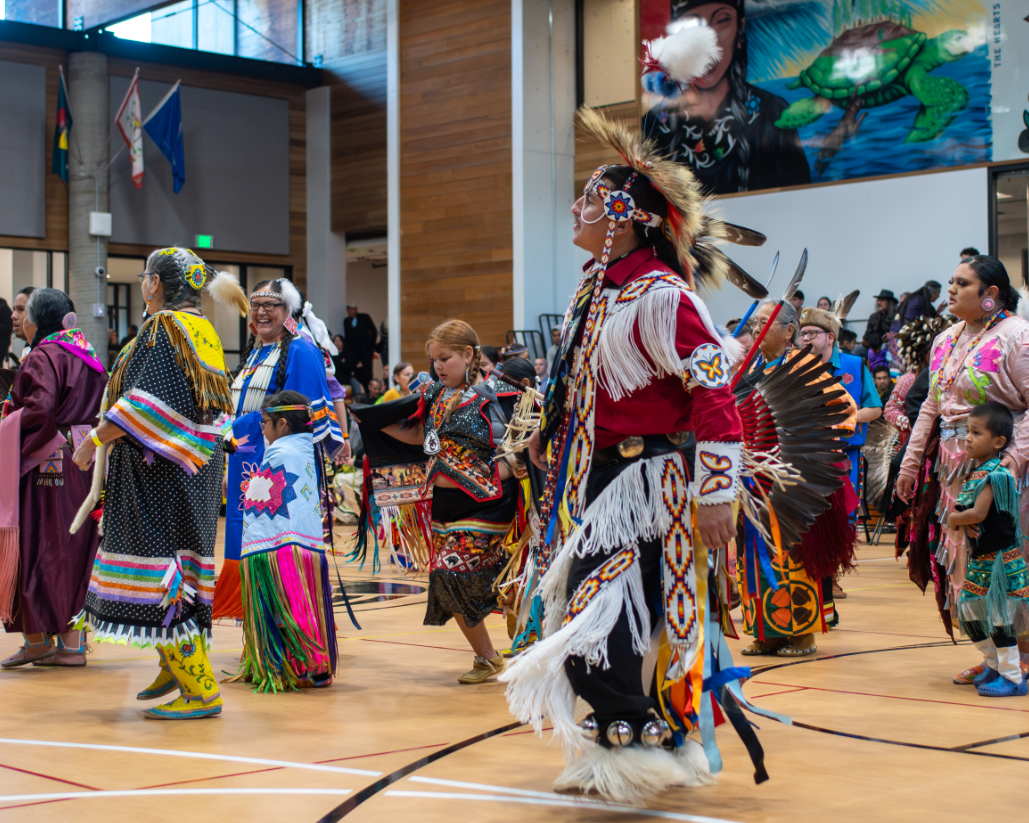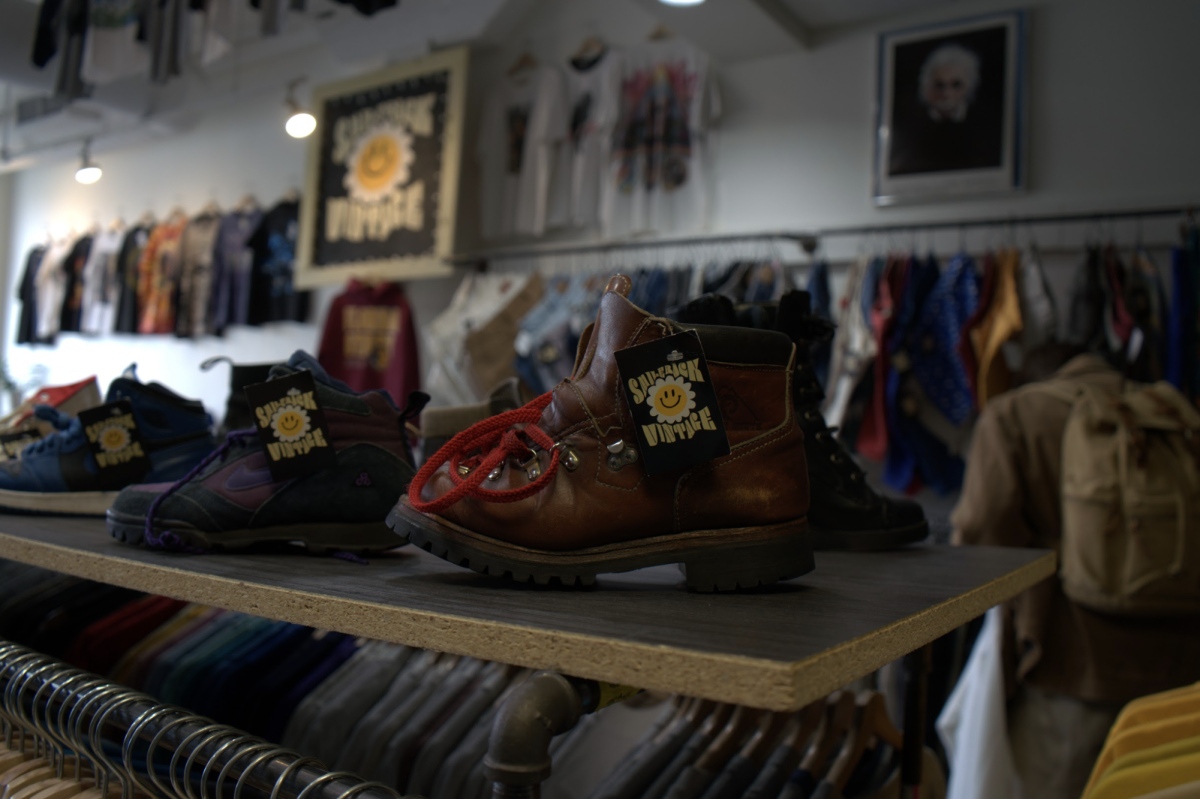A proposed development in the heart of Dinkytown is evoking a perennial question: How are big businesses changing the neighborhood?
Community engagement sessions for the development have reinvigorated an age-old question about the role of large businesses in Dinkytown. Recent closures have also drawn concern about the future of the neighborhood and local ownership.
About 43 percent of service-oriented businesses in Dinkytown’s core — the area bounded by University Avenue, Fifth Street, 13th Avenue and 15th Avenue — have at least three locations elsewhere, according to an analysis by the Minnesota Daily.
Vescio’s Italian Restaurant was in business for more than 60 years before closing spring of last year. Varsity Bike and Transit ended its 25-year ride in the neighborhood and closed at the end of September. An array of local businesses adjacent to the Varsity Theater closed or moved over a year ago, leaving the building empty.
The Varsity, one of two Dinkytown locations with live music along with the Kitty Cat Klub, was sold by a local resident in 2017 to Gaw Capital Partners, a multibillion-dollar investment company based in Hong Kong.
But at least 25 local businesses still remain in a four-block radius of Dinkytown, including various restaurants, Alpha Print, The Book House and others.
Tony Nicklow, owner of Tony’s Diner, a Dinkytown restaurant for 17 years, said the rising costs of rent make it difficult for some small businesses to succeed in the area, whereas larger companies can afford the location.
“Dinkytown always had that cool sense of not being a corporate kind of place,” Nicklow said. “I think it’s good for college kids to just kind of go where restaurants and other businesses are family owned. We’re treating them right. We put our love into everything we do.”
But business is also difficult for companies with a proven track record. The Pourhouse, while successful in Downtown Minneapolis since 2012, closed after 10 months in Dinkytown. Tim Hortons, a Canadian favorite with close to 5,000 restaurants worldwide, abruptly shuttered all Twin Cities locations last spring.
Randal Gast has owned Dinkytown Qdoba, a restaurant chain with more than 700 locations in North America, for more than a decade. He said he still pays out of his own pocket to finance his chain restaurant.
“[People] say, ‘Oh, these big chains are the only ones that can afford this stuff.’ The rent for a chain to do a restaurant in Dinkytown is the same as a rent for a private individual. It’s all the same,” Gast said. “People just don’t like change.”
Nicklow said he sees more fast food restaurants than he did in the past and fears what could happen if corporate interest grows in Dinkytown.
“Dinkytown’s always had charm and character,” Nicklow said. “The more you bring these corporations in, I think it loses that, and you’re just kind of like any other place.”
A history of corporate disruption
Big business has been in Dinkytown for decades, and the community has rallied against its presence for just as long.
Dave Feehan, vice chair of Preserve Historic Dinkytown, said businesses fill up vacancies quickly in most college neighborhoods due to a consistent population — and interest will continue to grow.
“They can look at a place adjacent to a university and say, ‘I’ve got all these customers here, all I’ve got to do is open my door, and they’re going to come flocking to my business,’” Feehan said.
In 1970, a Dinkytown building was slated for destruction to make way for fast food chain Red Barn. In the climate of Vietnam war protests, University students and others began a 40-day sit in at the site. A month after protests began, helicopters droned above Dinkytown, and police in riot gear cleared demonstrators from the site. Bulldozers leveled the building — but Red Barn never opened.
“It’s like, okay, you didn’t want the Red Barn, but there was McDonald’s there the whole time,” said Chris Lautenschlager, executive director of Marcy-Holmes Neighborhood Association. “That’s somehow an oversight. Like, you didn’t stop the spread of corporations.”
More recently, the 2013 Save Dinkytown Coalition fought against the proposal to develop The Venue apartments into the core blocks of Dinkytown, prompting a proposed moratorium on building in the neighborhood — but the moratorium failed.
An apartment proposed last month, developed by CA Ventures, would demolish Dinkytown McDonald’s, a neighborhood staple since the ’60s. Some residents at an MHNA meeting earlier this month said McDonald’s has become a historic icon of the University of Minnesota, while others said it is exemplary of a nameless corporate chain. The developer plans to reopen the fast food joint in the building.
CA Ventures responded to some residents’ desire to maintain local businesses, saying they would subsidize the building’s retail space for local companies.
“[People] can’t ever say McDonald’s is local, right?” Lautenschlager said. “It’s always like a weird bend, it’s a weird angle that they come at it. [They say] it’s not historic — but it’s iconic.”
Adapting to the market
University neighborhoods around the country have contended with a similar pattern of business interest and redevelopment. The constantly rotating student population provides a consistent market, workforce and sense of community in these areas.
“I think some of the effects of corporate investment depends on what the goal is, and where the neighborhood is, in terms of development,” said Amanda Nothaft, a University of Michigan researcher who saw major corporate investment in an economically depressed neighborhood in Detroit.
Nothaft said intentional development and ongoing community collaboration are key if the community has specific goals around preservation.
In the mid-’90s to early-2000s, the University of Pennsylvania sought urban renewal at the campus neighborhood. UPenn offered financial incentives encouraging staff and faculty to live near campus and invested in a variety of affordable housing options and upgrades. The college also made a massive shift to purchase from local vendors, especially those that were minority- or women-owned, among other investments.
Nothaft said it helps to “create more of a continuum of housing within the area, keeping the students and their money in the neighborhood.”
Increased property values are among the challenges for small businesses throughout Minneapolis, Gast said. A member of the Dinkytown Business Alliance, Gast said adaptation is the key for businesses to survive in Dinkytown.
Qdoba and Tony’s Diner have both done catering work with the University, and Gast said he’s invested significantly in remodeling his restaurant. Kafe 421, a Dinkytown restaurant for 16 years, closed its doors to focus on catering, with plans to remain in the area.
“Our wages are going up, and our costs are going up,” Gast said. “When you build these bling apartments, it does have an impact on rents. You know, a lot of that land is worth a lot more with a bling apartment on top of it.”














